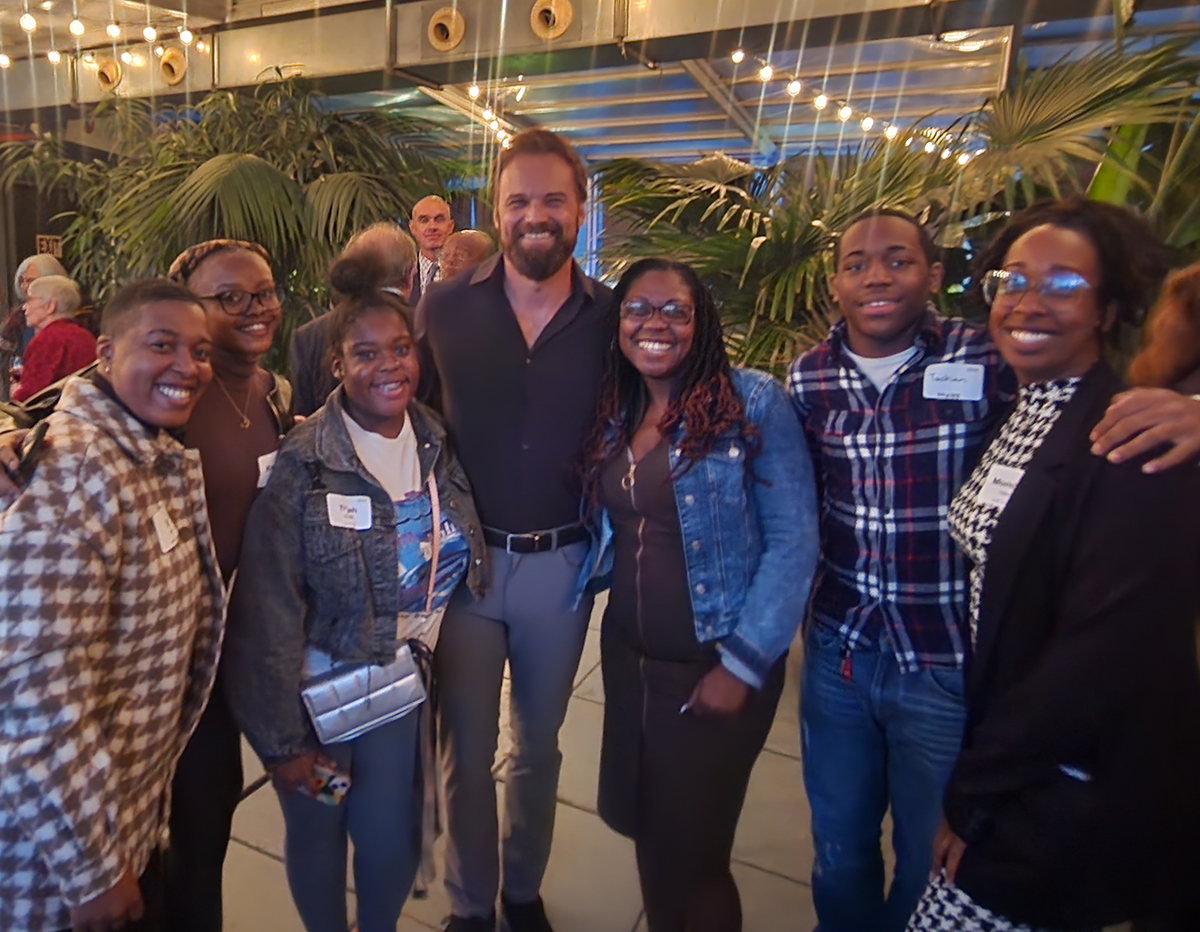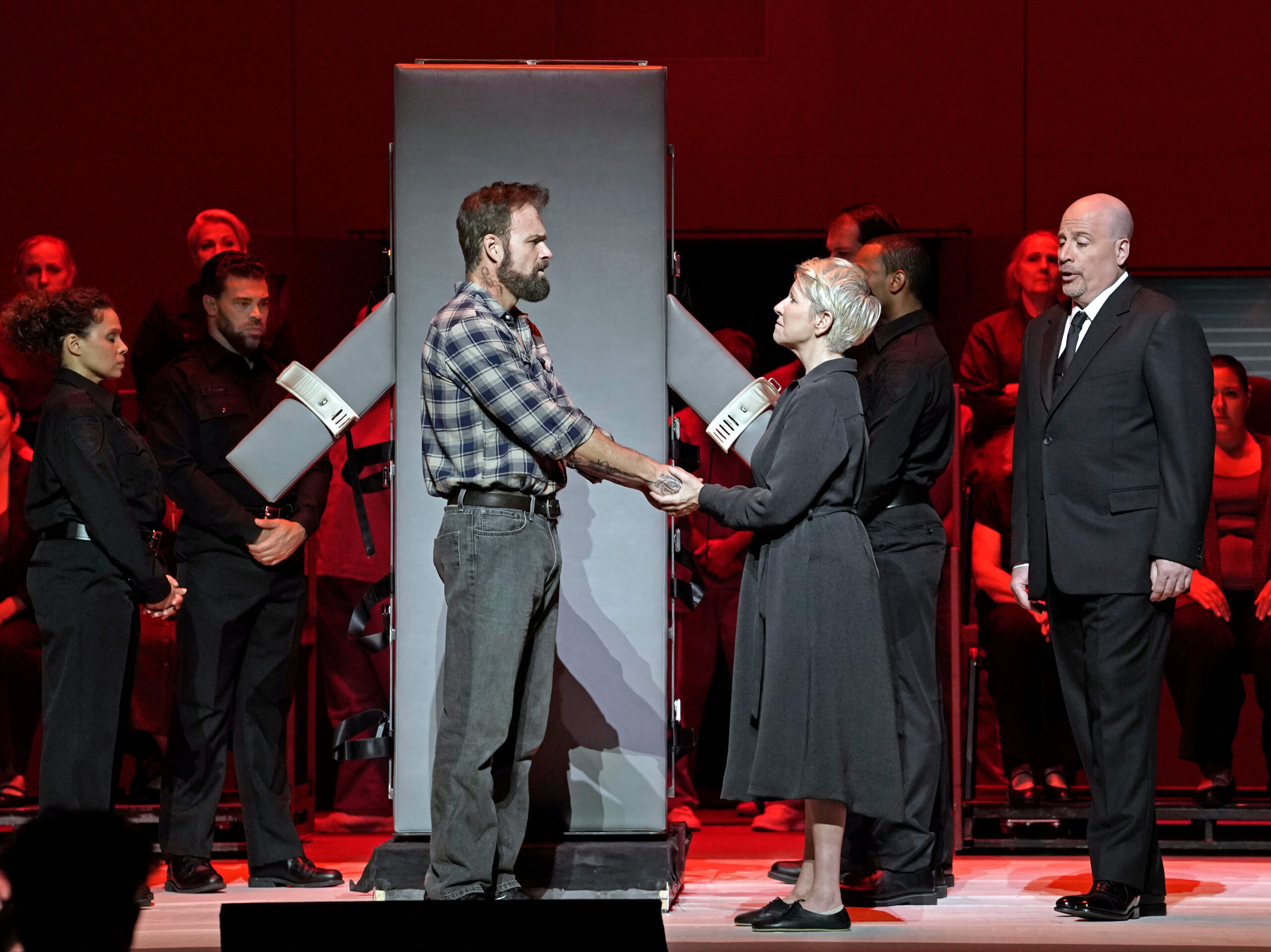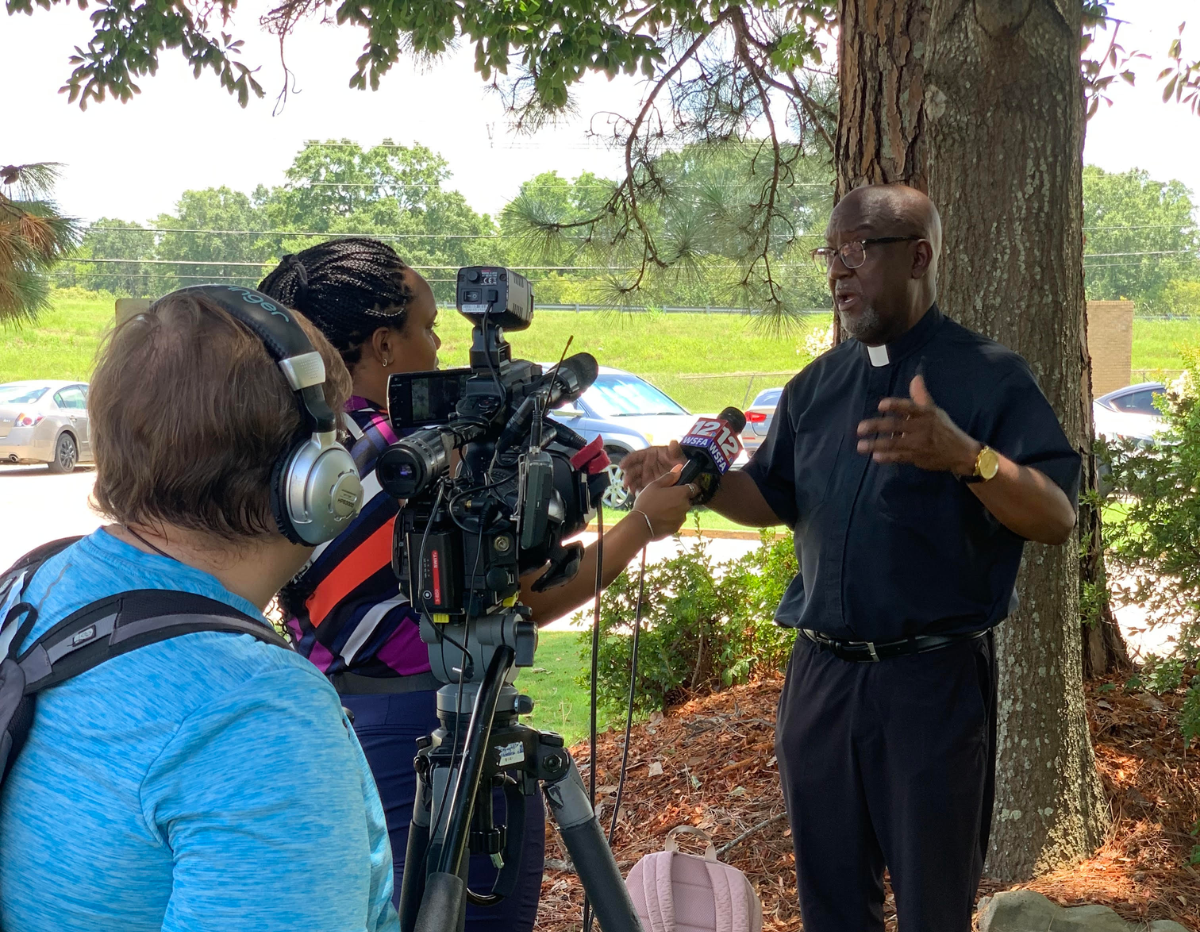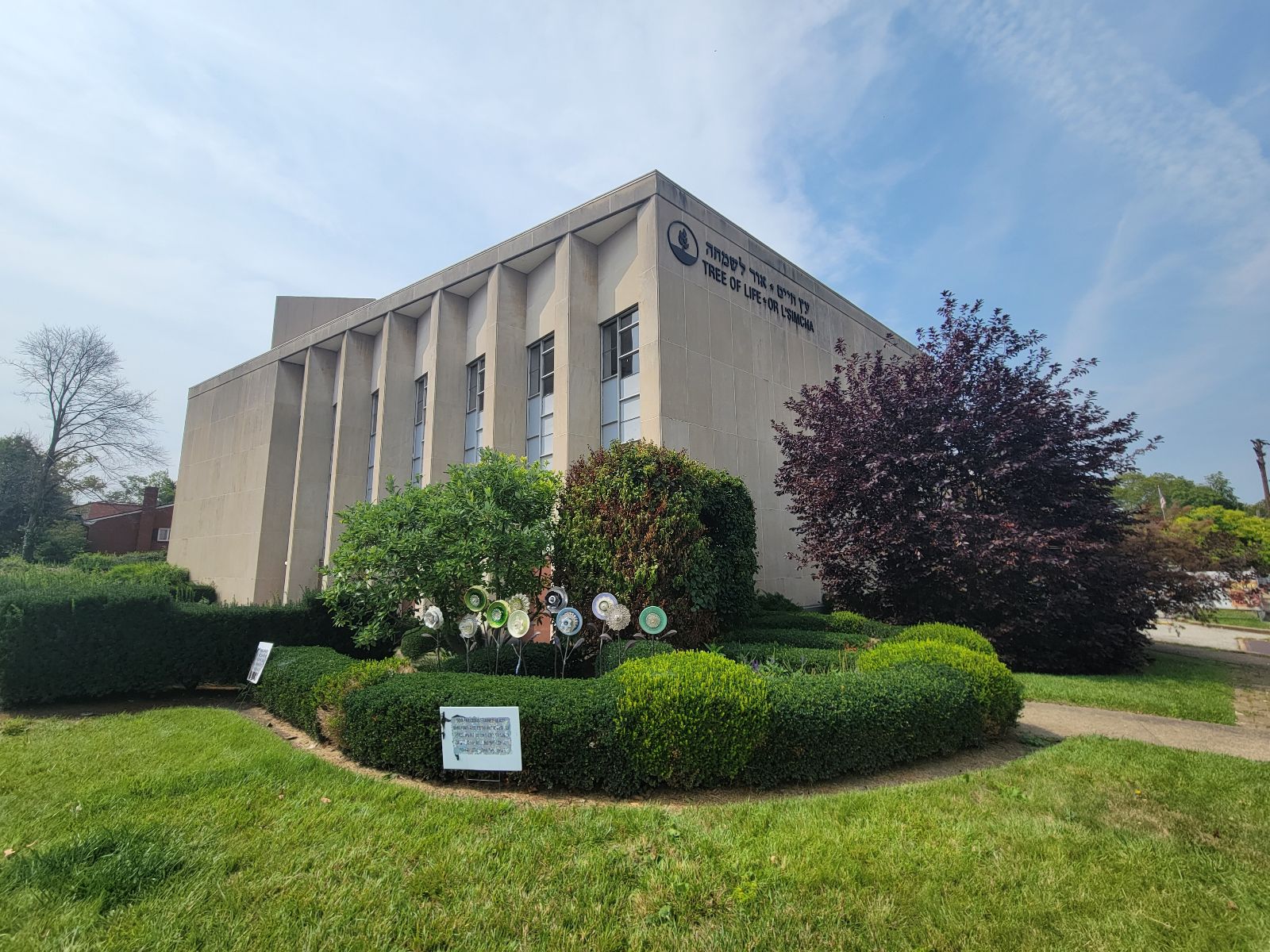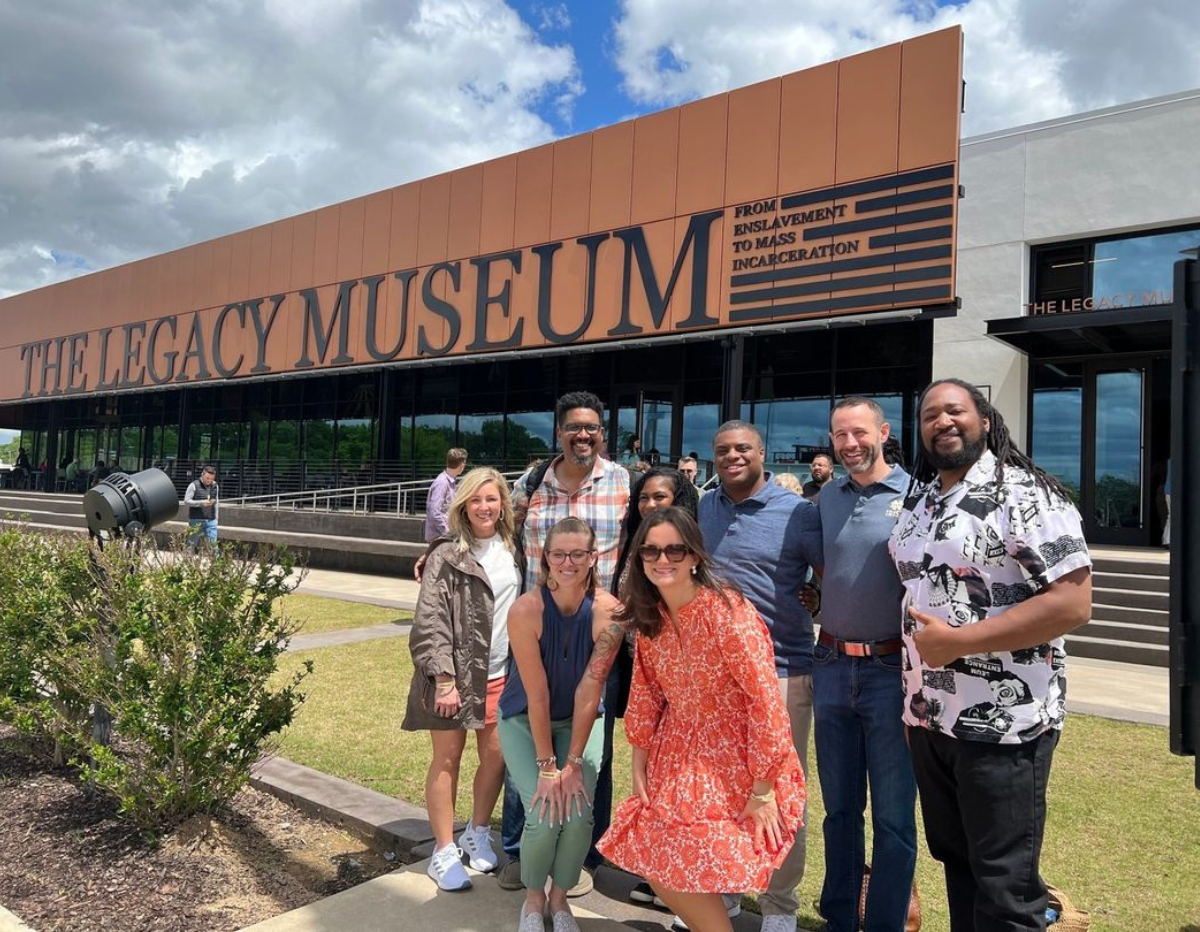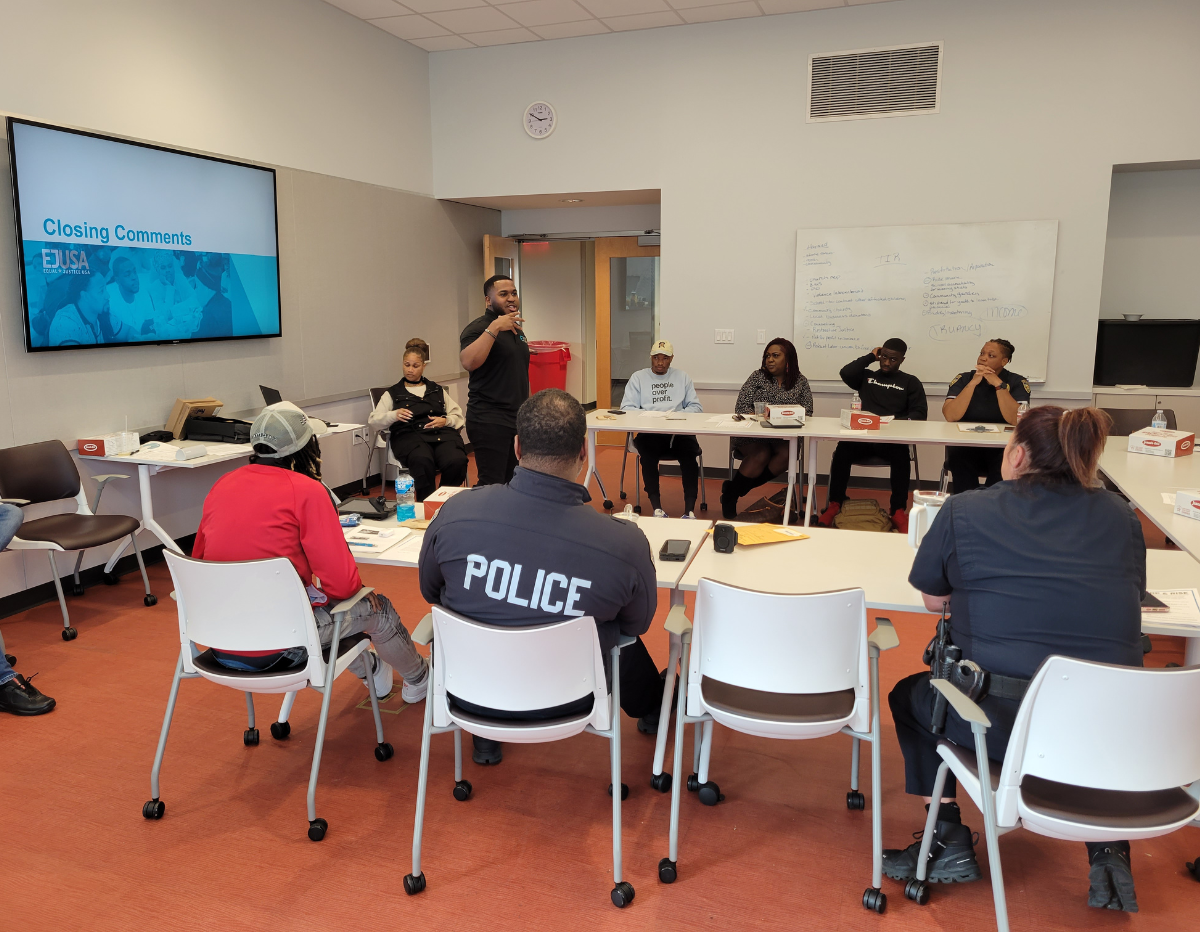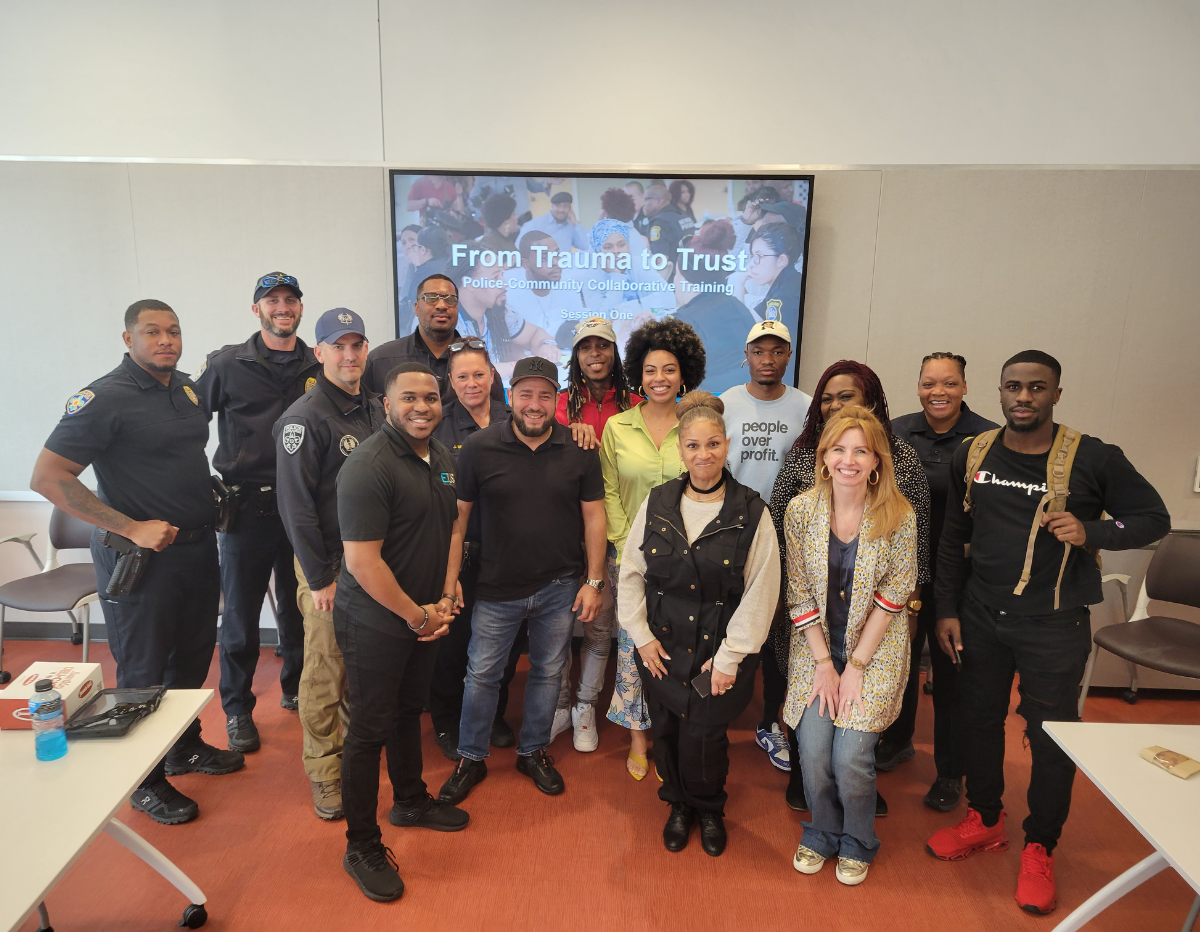
Spinoff from Impact Justice Completes EJUSA’s Practice Model with a Response to Harm that Aligns with Mission and Values
Equal Justice USA (EJUSA) announced today that it was growing to absorb the Restorative Justice Project, which is being spun off by Impact Justice. The Project will join EJUSA’s existing slate of programs that are transforming the justice system from one that harms to one that heals by promoting responses to violence that break the cycle of trauma.
Impact Justice launched the Restorative Justice Project in 2011, and today it is the only national technical assistance and training project that partners with communities across the nation to address harm using pre-charge restorative justice diversion programs. The project partners with 10 communities in California, Florida, Pennsylvania, Tennessee, and North Carolina, with further expansion expected in 2024.
“On behalf of our entire team, I’m thrilled to welcome the members of the Restorative Justice Project to EJUSA,” said Jamila Hodge, the organization’s chief executive officer. “Years ago we built a vision for justice reimagined that included restorative justice as a critical alternative to the harm of policing, prosecutions, and prisons. The Restorative Justice Project is a powerful healing pathway that completes our vision and will integrate exceptionally well with our current practice areas.”
The Restorative Justice Project adds five team members to EJUSA, led by Cymone Fuller. The project will add several more team members to meet the growing demand for this innovative work. Like EJUSA’s existing programs, the project changes the way that the public and system actors perceive crime and harm. Restorative Justice shifts people from a lens of legality and punishment toward an understanding that harm stems from existing trauma, including racial oppression, and that it requires healing and accountability that repairs for all parties affected by a harmful experience.
“Impact Justice’s approach to social change centers on the pursuit of bold ideas that challenge the status quo with new solutions to old problems,” said IJ President Alex Busansky. “We were the right organization to develop and test a cutting-edge model of restorative justice diversion. Now we’re passing on that body of work to Equal Justice USA, which is ideally positioned to nurture the use of community-based restorative justice as an alternative to the criminal legal system in communities nationwide.”
The official transfer of the team and its assets will happen on Monday, November 13. As of that date, EJUSA will be a team of 42 working in many states across the country.
“During our time at Impact Justice, the Restorative Justice Project established an incredible national network of community and system partners committed to implementing restorative justice diversion,” said Restorative Justice Project Director Cymone Fuller. “ We’re excited to bring this network of partners, along with the body of knowledge, strategies, and tools we’ve developed together, to EJUSA and make EJUSA our long-term home for building a community-centered ecosystem of healing justice.”
Fuller will lead this work into its next phase. While the Project’s current structure based on precharge diversion is an important offramp from a system solely focused on punishment, she will guide the development of community-led referrals to expand the reach of restorative practices consistent with EJUSA’s community-centered approach to violence. From its inception, the Restorative Justice Project has centered the community, so it is well positioned to build and expand its reach with its new home at EJUSA.
